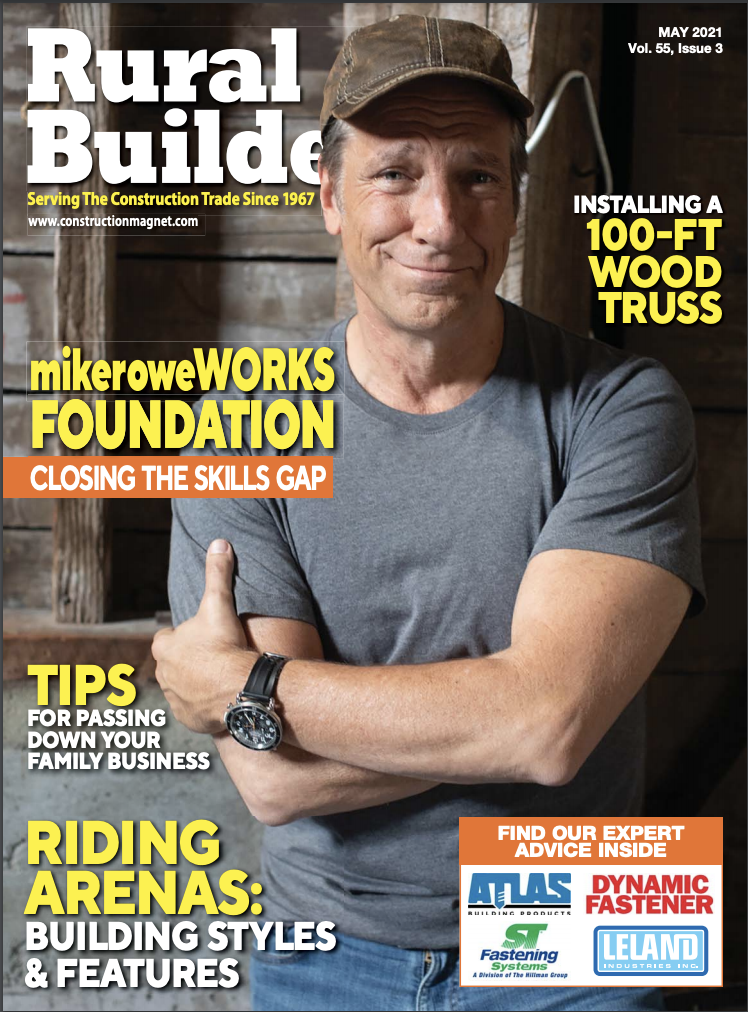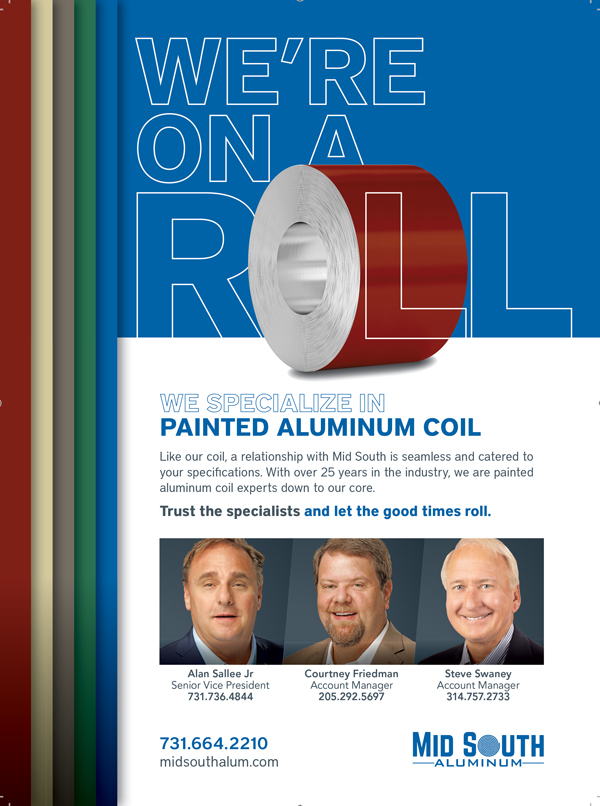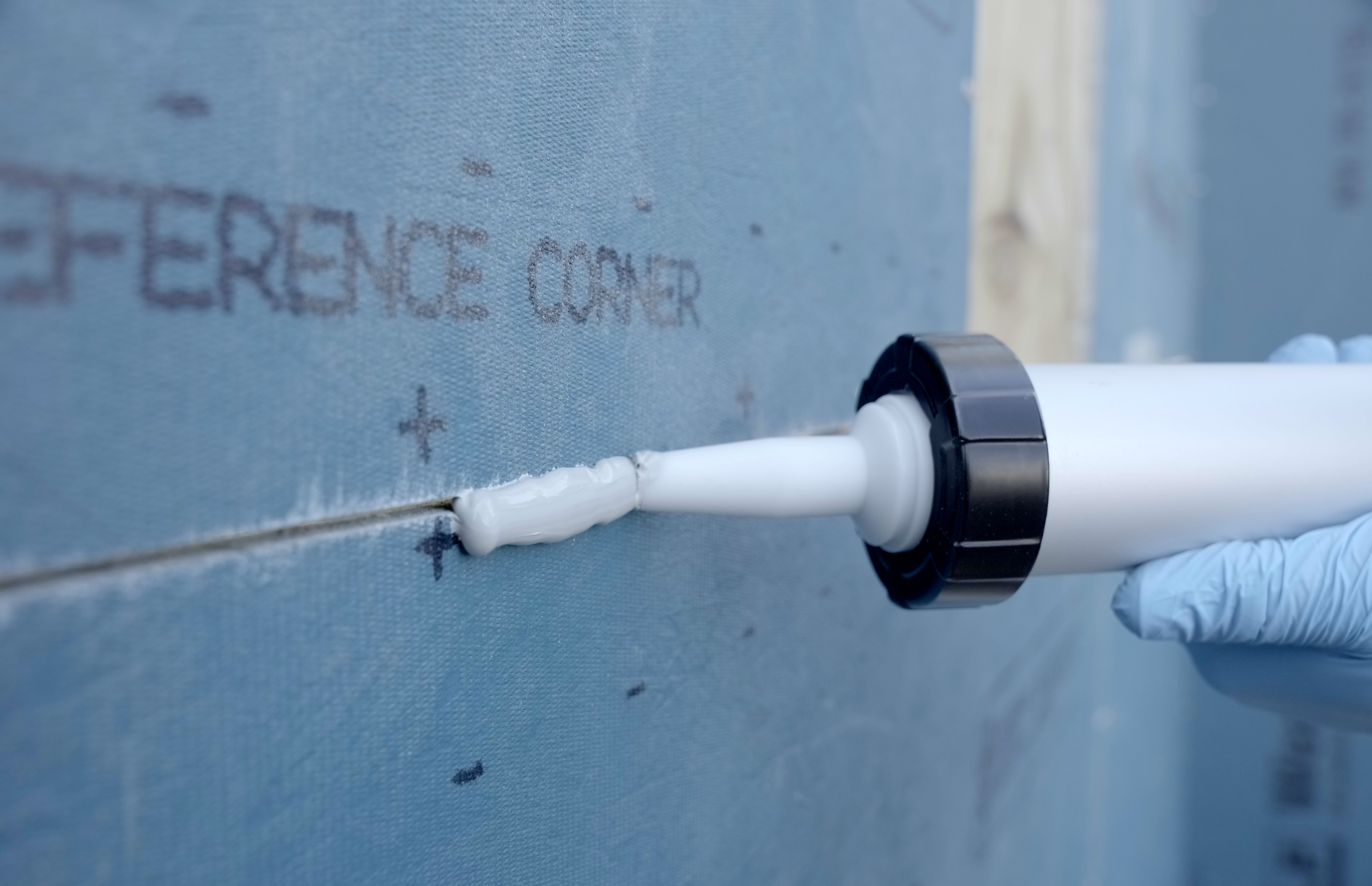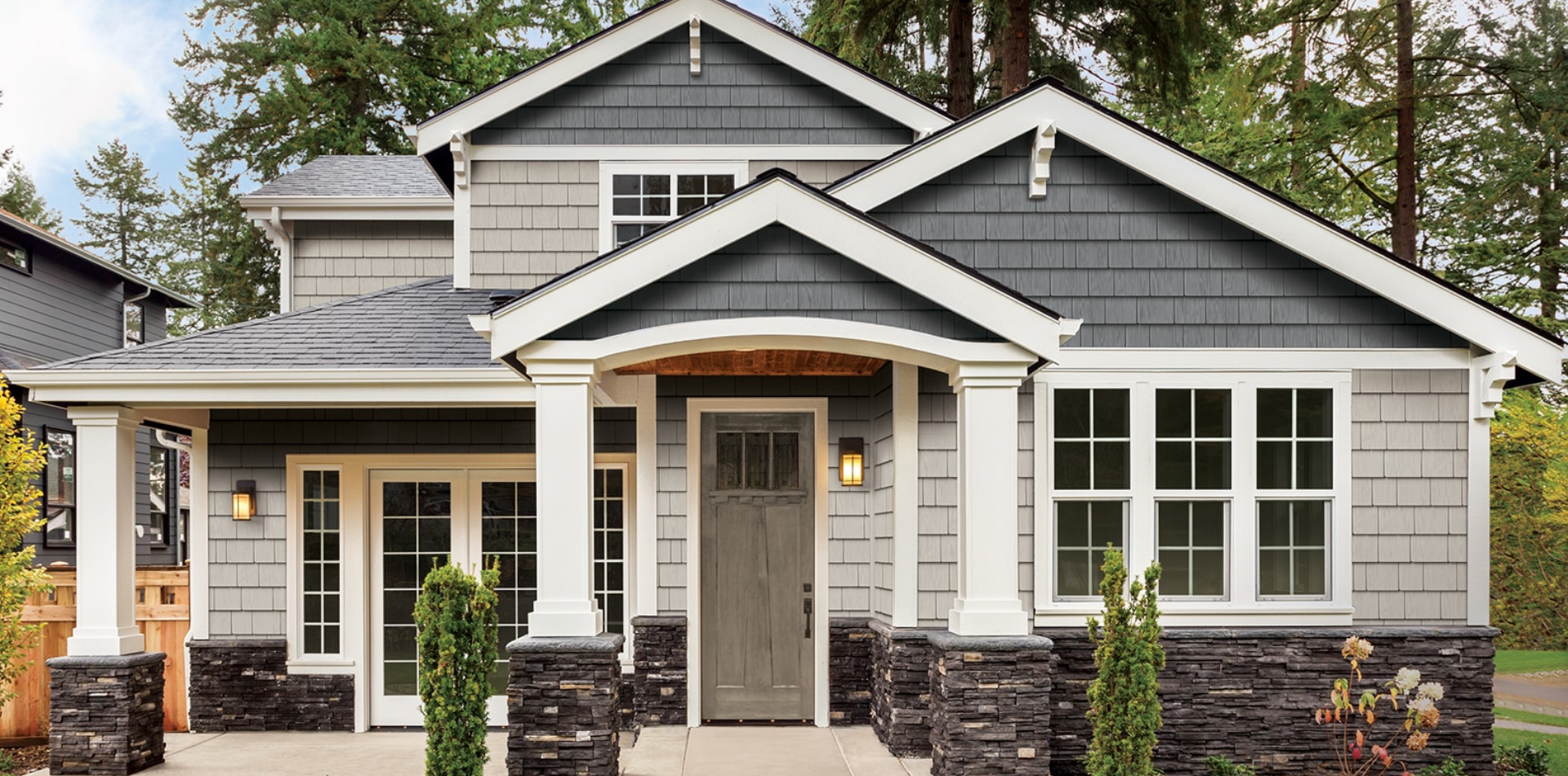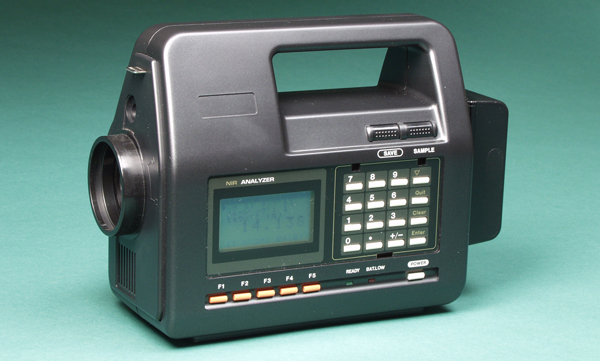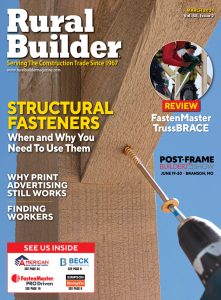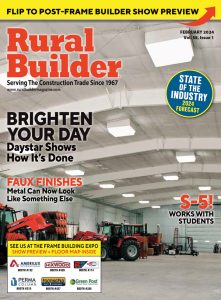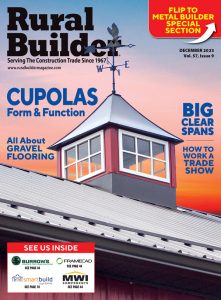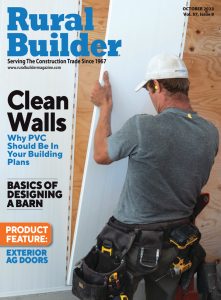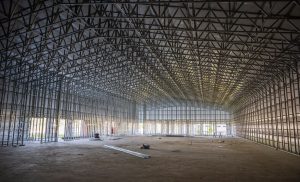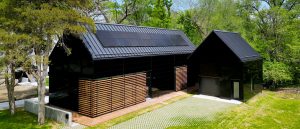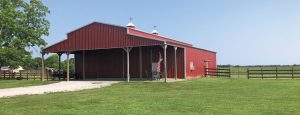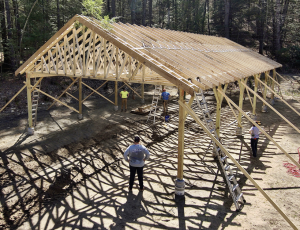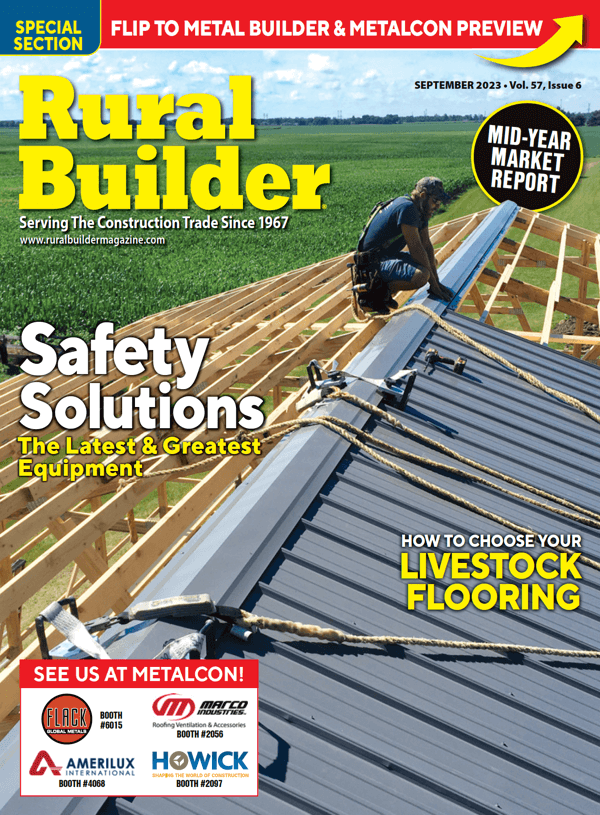Keeping Yourself and Your Clients Safe and Healthy
By Michael Rubino
Mold can quickly spread throughout the home. This is equally true for existing homes being renovated, as well as new construction. The health impacts of mold are quickly being brought to the forefront of the public’s awareness, meaning as builders you need to educate yourself on prevention and remediation of mold. Here are some easy pointers you can share with your clients on preventing mold.
For starters, if you or your client think mold may be present, a quick way to check is to lift open your toilet tank and see if you have mold growing in the tank or on the tank cover. As mold becomes aerosolized and finds areas with water (such as your toilet tank), it can begin to grow in and around it. If you do have mold in your toilet tank, odds are you have a source somewhere in the home.
I often use the following analogy to describe mold: mold is like a weed in the sense of how it grows and quickly reproduces. Weeds produce seeds that get aerosolized and find more water and soil to begin to plant their roots and grow into more weeds. This is why when you have weeds in your front lawn, they can quickly spread and take over your whole yard. Mold is very similar except mold “seeds” are spores.
Since mold requires water, moisture, or high relative humidity before a spore can begin to grow and colonize, identifying and fixing issues in the home that lead to excess water, moisture, or high relative humidity are key to maintaining a mold-free home. It’s also important to note that keeping the home clean of naturally occurring dust on a consistent basis will provide value as mold requires a food source such as porous materials, dust, and debris.
Understanding those basic fundamentals is imperative to educating your clients on any potential mold concerns they may have. For those looking to dig deeper, here are ten quick signs to look for that will help keep mold from inhabiting the home:
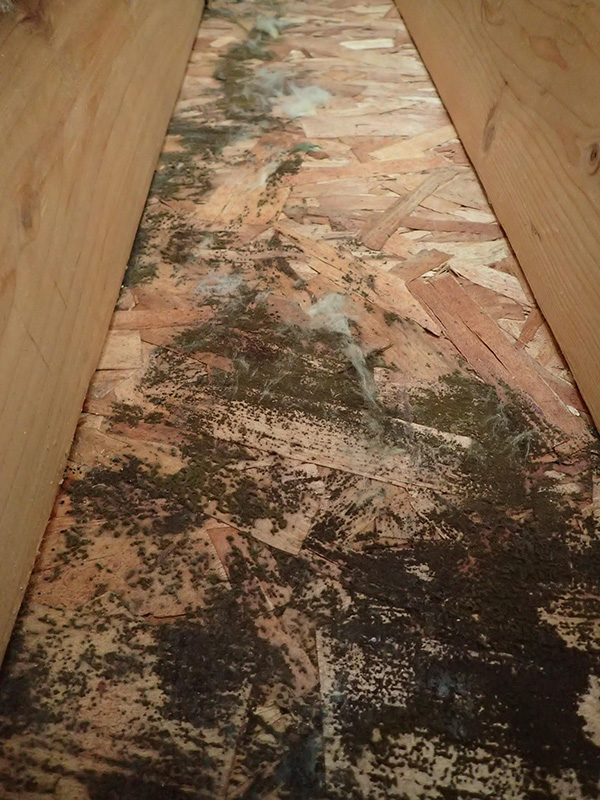
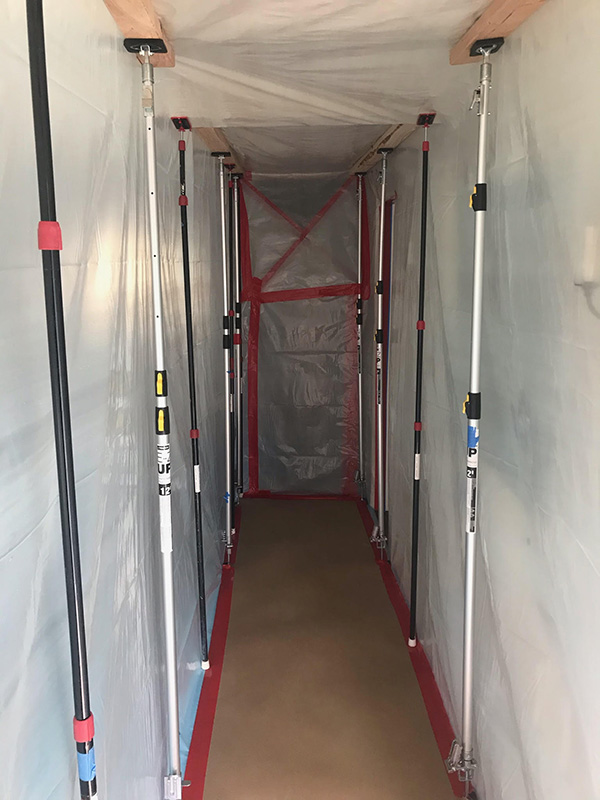
10 Tips To Remain Mold Free
1. Make sure the roof is inspected regularly for any signs of degradation of the roof structure, missing shingles, and flashing integrity.
2. Inspecting around exterior windows and doors for any gaps, such as loose caulking or cracks that can occur as the home settles, will be crucial to preventing unwanted moisture, water, and humidity from entering the home.
3. Inspect the grading around the exterior to ensure it’s not sloped toward the house. This can be problematic if you have a basement or crawl space, as they lead to more water than usual during rains that will push against the foundation due to hydrostatic pressure. Also, if the home is built on a slab, moisture can wick into the sill plate of the house during heavy rains or snow if your grading is too high, causing unwanted moisture intruding into the living space.
4. Inspect any patios or decks you may have, which are typically secured to the home in some fashion. Make sure they are counter-flashed properly and do not have any points of entry that could cause unwanted moisture and water intrusion.
5. Making sure you have proper ventilation in an attic space will help hot, humid air escape through the venting system during the summer months when our attics are most vulnerable. I have seen many clients get new insulation installed in their attic at the recommendation of a contractor and unfortunately, improperly adding new insulation on top of old insulation can lead to blocked ventilation in the soffit vents.
6. Make sure you have proper ventilation in your bathrooms and kitchens to remove excess moisture during showering and cooking. Also, check to make sure that none of these exhausts empty out into the attic, as this will add unwanted moisture to the space.
7. If you have a basement, ensure you have proper moisture countermeasures, such as a moisture-blocking primer on your foundation walls in conjunction with a dehumidifier to keep the relative humidity around 40%.
8. If you have issues with water penetration in a basement space, having a proper waterproofing strategy installed such as a French drain will be key. We are typically against the vinyl wall insulation covering systems. They are phenomenal for creating a pathway for water, but the flaw is that they trap moisture between the vinyl and the foundation wall, allowing mold to grow behind it (and eventually that mold will start to impact the living space).
9. If you live in a humid climate, installing a whole home dehumidification system may be the most practical way to deal with humidity in the summers, as the HVAC may not keep up with its natural dehumidification process.
10. Protecting your HVAC is essential as the coil constantly condensates and drains out through its drain line. This makes the coil the most optimal place for mold to grow should the spores make their way through the return ducts to the coil. Protecting your HVAC system with a product like the Intellipure air purification system provides protection, removing particles as low as seven nanometers in size. Filtration and purification is by far the most effective way at keeping your coil free from mold and other contaminants.
These steps will help ensure that your clients’ homes will remain mold-free and avoid high mold remediation costs in the future.
Contractor Tips for Mold Handling
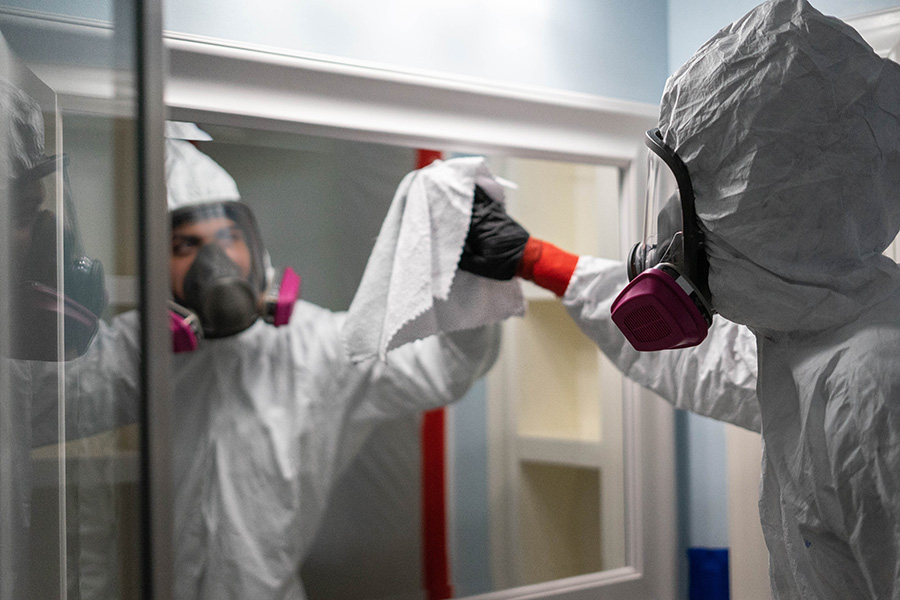
The Environmental Protection Agency (EPA) in conjunction with the Occupational Safety and Health Administration (OSHA) provide extensive guidelines for safe and effective mold remediation. Remediation includes identification and correction of the conditions that permit mold growth, and the steps to remove mold-damaged materials. Follow these quick tips when you come face-to-face with mold.
Minimum Recommended PPE:
• Rubber gloves that extend to the elbow
• Properly fitted goggles or face respirator (not safety glasses!)
• N-95 respirator
• Disposable paper overalls
Next-Level PPE:
• Face respirator with HEPA filter
• Full-face powered air purifying respirator (PAPR)
• Mold-impervious disposable head and foot coverings
• Seal all gaps around ankles and wrists
(many professionals use duct tape for this purpose)
Take Extra Care If:
• A particularly toxic mold species has been identified or is suspected
• When extensive hidden mold is expected
(such as behind vinyl wallpaper or in the HVAC system)
• When the chances of the mold becoming airborne
are estimated to be high
• Sensitive individuals (e.g., those with severe allergies or asthma)
are present
Cleanup and Removal
The use of bleach is not recommended as a routine practice during mold remediation. As a general rule, simply killing the mold, with biocide for example, is not enough. The mold must be removed, since the chemicals and proteins, which can cause a reaction in humans, are present even in dead mold.
Building materials and furnishings that are contaminated with mold growth and are not salvageable should be double-bagged using 6 mm polyethylene sheeting to minimize the dispersion of mold spores throughout the building. These materials can then usually be discarded as ordinary construction waste. Large items that have heavy mold growth should be covered with polyethylene sheeting and sealed with duct tape before they are removed from the containment area.
MICHAEL RUBINO, The Mold Medic, is the authority on mold remediation. As President of All American Restoration, Rubino specializes in working with people who are immunocompromised or have acute and sustained reactions to mold exposure. He is a council-certified Mold Remediator by IICRC and ACAC and a contributing member, sponsor, and speaker for the Indoor Air Quality Association.
